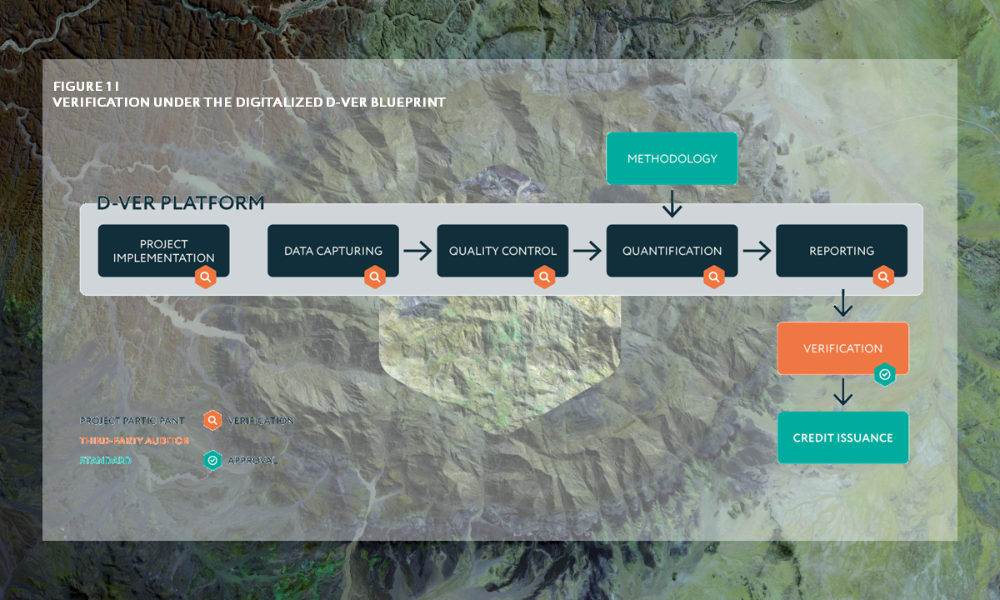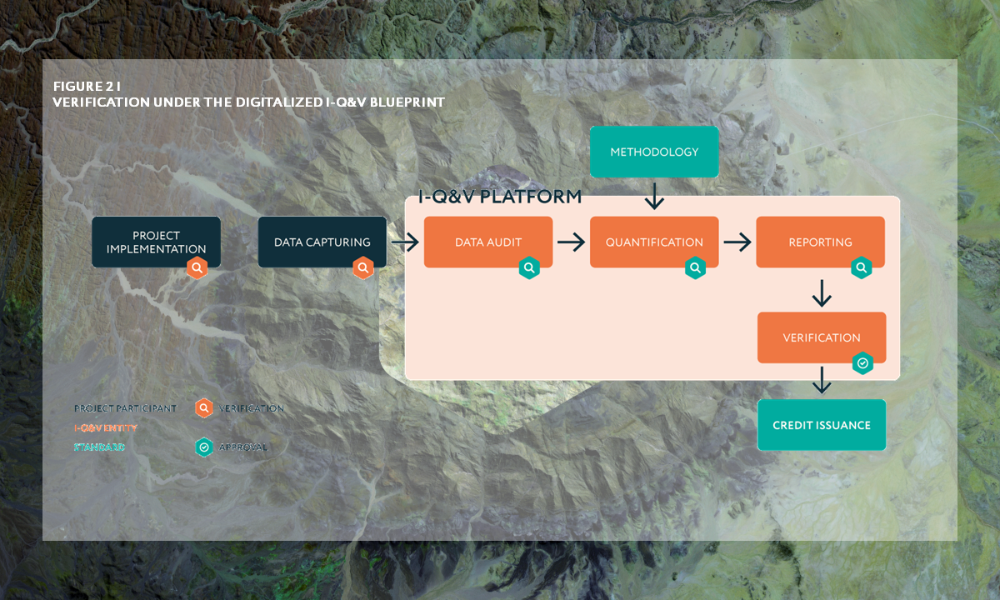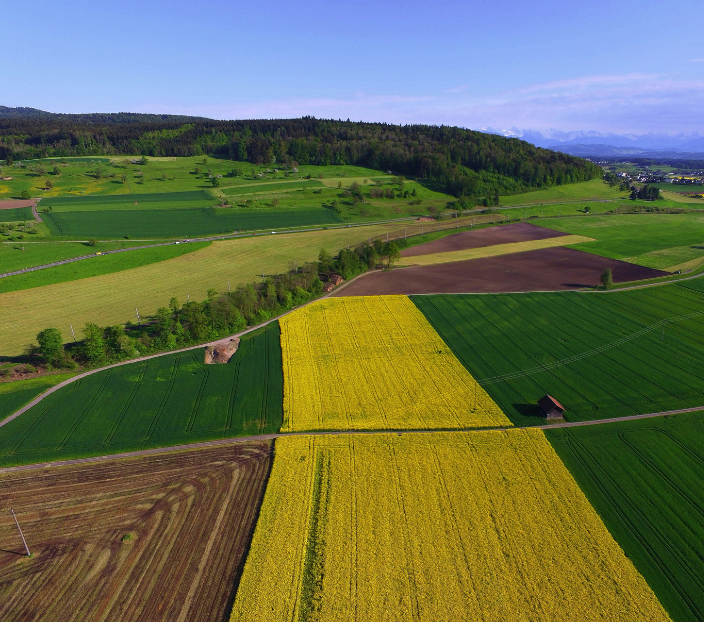
August 2022
Digital MRV: Redefining the rules in the carbon market
Carbon credits have been under the spotlight this year, and not always in a good way. Criticism over their quality has made it all the way to John Oliver’s “Last week tonight”, overshadowing the transformative impact carbon finance can have.
Third party verification – thorough independent assessments of a project’s reported emission reductions or removals – is key to the supply of high-quality credits and all carbon standards committed to high environmental integrity require it. But ask any project developers and they will tell you their journey to issuing high-quality credits is often a tedious one. Conventional methods to report and validate or verify emission reductions are antiquated, often relying on manual processes that can be costly, error-prone and time-consuming. When it comes to carbon credits, the truth is aiming for quality often comes at the expense of speed, and vice versa.
The good news: Digital innovations can be leveraged to drastically improve the reliability, efficiency and credibility of Monitoring Reporting and Verification (MRV) activities and are emerging as key drivers to scaling carbon markets with integrity. Benefits from digital MRV are expected to be significant: improved data quality and comparability; increased efficiencies and accuracy of verification activities; near-real time issuances and facilitating earlier, more regular cash flow.
Earlier panel discussions at the North America Climate Summit and the Latin America Climate Summit with project developers, carbon standards and other key actors in the space have shown the case for digitalization is strong, and that the transition from MRV to D-MRV is a question of how and when, not if.
Redefining the rules
To make the right switch, a redefinition of the rules and new, digital-MRV compatible requirements are necessary. SustainCERT is actively engaging with key carbon market actors drive consensus on what best-practice should look like in a digital context. Our recent white paper, published in collaboration with Infras, presents two promising blueprints for new digital verification approaches and explores their implications on the roles of key stakeholders – i.e carbon project developers; standards; verifiers – as a way of contributing to the ongoing conversations on D-MRV.

The first blueprint (see fig. 1 above) shows similar roles as in current non-digitalized verification cycles. Carbon project developers develop project specific digital verification platforms(D-VER) and provide verifiers comprehensive access to all relevant project data and calculations

The second blueprint (see fig. 2 below) represents a paradigm shift. In this approach, project developers merely capture data. All other tasks are shifted to an independent integrated quantification and verification (I-Q&V) entity that maintains a digital platform to perform its activities.
Learn more about DMRV
Contact us to find out more about our work on DMRV.

